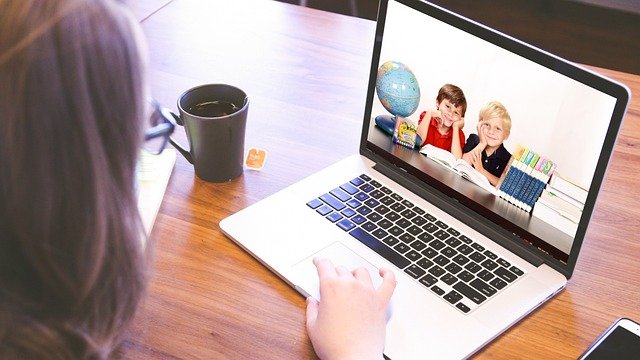Why Remote Learning Poses Risks for Teenage Students

As the COVID-19 pandemic rocked our nation, schools were among the first affected. Kids were forced out of the classroom and into their own remote learning environments.
And while it may have seemed like a dream come true at first, remote learning has posed many serious risks for teenage students.
In this post, we’re going to explore the dark side of the virtual classroom for teenagers.
Isolation and loneliness
If given the option, most teenagers would choose to ditch school to hang out with their friends. But in the wake of COVID-19, that wasn’t an option. Yes, kids around the nation got to “skip school,” but they also weren’t allowed to see their friends or family members outside of the home. At a time when social lives are everything, this can be very isolating.
In many cases, teens were isolated at home with their parents and siblings, but they were left without important friendships when they should be forming some of the strongest bonds of their lifetimes.
Social media addiction
Before the pandemic, social media addiction was a problem among teens and young adults. But after schools shuttered their doors, the problem seems to have become its own pandemic. Because teens are feeling so isolated, they are left to leave their social lives on social media.
And many studies have shown that social media usage is linked to depression. It can also cause serious self-esteem issues as every mistake is documented for the world to see.
And although social media addiction may pale in comparison to the side effects of meth use, there can be serious consequences, including suicide.
Depression
Depression seems to be a natural result of the isolation teens face with remote learning, and one literature review found that teenage stress and depression levels are at an all-time high. Fortunately, though, time spent with family and engaging virtually with friends seems to lessen the impact. To be clear, though, the review found that social media usage did worsen depression. So virtual hangouts may be beneficial, but TikToking, not so much.
Unsupervised time
In many instances, teens are left to monitor themselves during remote learning. In situations where parents must work outside the home, there are few resources for teens to get the attention they desperately need. This could cause them to fall behind in class, and it may even lead to risk-taking behaviors like drug abuse.
Depending on the teen, it can be risky to allow unsupervised time from sun-up to sun-down. And such families are often left with little in the way of alternative options. When everyone is social distancing, it’s not as easy to ask grandma to supervise or a neighbor to pop in every so often. So with remote learning, there are many teens who are left completely unsupervised.
And for teens who are in their junior or senior years, falling behind academically could impact their chances of getting into college.
Lack of resources
Teens in lower income families may not have access to reliable internet, and they may have very limited food options. This could leave well-intentioned students left falling behind academically, and it may leave many teens going hungry throughout the day.
Forced remote learning may create a lasting class gap where underprivileged children are unable to access the tools and resources they need to keep up with their peers.
In some families, teens may also be responsible for helping younger siblings through their remote learning. And this can create even more issues for the teenager’s academic performance. Families where parents work outside the home and cannot afford childcare will inevitably feel the largest weight of the burden from remote learning.
It’s true that some students excel in a remote learning environment, but we’re seeing that the vast majority of teens are struggling. Some are struggling to keep up academically while others are struggling to maintain a social life and avoid depression.
We can only hope that remote learning will become an option instead of a necessity in the near future. But in the meantime, parental involvement seems to be the most important mitigator for all the risks of remote learning. Teenagers have the best chance for success in homes where parents can be more involved in their children’s education and lives.











